Dual-fuel plant is inaugurated
Facility to produce engines that run on natural gas, marine diesel or heavy fuel oil.
Wärtsilä-Hyundai Engine Company, a joint venture between Wärtsilä and Hyundai Heavy Industries (HHI), has inaugurated its new factory in South Korea, where it will produce its Wärtsilä 50DF dual-fuel engines for LNG carriers and other marine applications. The optimal capacity of the factory is 100-120 engines a year.
Speaking at the inauguration event, Mr Ole Johansson, President & CEO of Wärtsilä Corporation addressed the need for new LNG terminals to fulfil the growing demand for gas and LNG vessels.
"The present LNG fleet of 260 vessels needs to increase to over 700 vessels by the year 2030. The introduction of new LNG terminals has experienced delays due, among other things, to the lack of availability of equipment and staff. One real alternative to land-based terminals lies in the development of offshore floating projects. Our joint-venture company has just recently received a major order for this type of project," said Mr Ole Johansson. "We see great potential in this market in the long term," he continued.
"Natural gas is a clean source of energy, and increasingly relevant as countries around the world face the challenge of decreasing emissions. With our dual-fuel engines, we will be ready to anticipate and follow the Tier 3 requirements of the IMO regulations from the year 2016. Thus, by adopting our engines, produced here, as marine propulsion machinery, this internationally stipulated emission standard can be met," said Mr O.S. Kwon, CEO of Wärtsilä-Hyundai Engine Company in his welcoming speech.
During the inauguration, the first engine manufactured by the joint venture company was started by Mr Ole Johansson, President and CEO of Wärtsilä and Dr Keh-Sik Min, Vice Chairman and CEO of HHI.
Commenting on the new engine, Wärtsilä said in a statement: "The Wärtsilä 50DF dual-fuel engine has pioneered an industry change. It has allowed the shipping industry to move away from traditional steam turbine machinery to a dual-fuel-electric concept having the benefits of much better operating economy and lower exhaust emissions."
The joint venture company says the engine can be run on either natural gas, marine diesel oil or on heavy fuel oil. It also claims the engine can switch smoothly between fuels during engine operation and is designed to give the same output regardless of the fuel.
The Wärtsilä 50DF dual-fuel engines are being manufactured for the Korean, Japanese, Chinese and Taiwanese shipbuilding markets. Korea is said to be the main market with over an 80 percent share of the global LNG shipbuilding market.
The joint venture will utilize the established global service networks of Wärtsilä and HHI, covering some 80 countries.
Speaking at the inauguration event, Mr Ole Johansson, President & CEO of Wärtsilä Corporation addressed the need for new LNG terminals to fulfil the growing demand for gas and LNG vessels.
"The present LNG fleet of 260 vessels needs to increase to over 700 vessels by the year 2030. The introduction of new LNG terminals has experienced delays due, among other things, to the lack of availability of equipment and staff. One real alternative to land-based terminals lies in the development of offshore floating projects. Our joint-venture company has just recently received a major order for this type of project," said Mr Ole Johansson. "We see great potential in this market in the long term," he continued.
"Natural gas is a clean source of energy, and increasingly relevant as countries around the world face the challenge of decreasing emissions. With our dual-fuel engines, we will be ready to anticipate and follow the Tier 3 requirements of the IMO regulations from the year 2016. Thus, by adopting our engines, produced here, as marine propulsion machinery, this internationally stipulated emission standard can be met," said Mr O.S. Kwon, CEO of Wärtsilä-Hyundai Engine Company in his welcoming speech.
During the inauguration, the first engine manufactured by the joint venture company was started by Mr Ole Johansson, President and CEO of Wärtsilä and Dr Keh-Sik Min, Vice Chairman and CEO of HHI.
Commenting on the new engine, Wärtsilä said in a statement: "The Wärtsilä 50DF dual-fuel engine has pioneered an industry change. It has allowed the shipping industry to move away from traditional steam turbine machinery to a dual-fuel-electric concept having the benefits of much better operating economy and lower exhaust emissions."
The joint venture company says the engine can be run on either natural gas, marine diesel oil or on heavy fuel oil. It also claims the engine can switch smoothly between fuels during engine operation and is designed to give the same output regardless of the fuel.
The Wärtsilä 50DF dual-fuel engines are being manufactured for the Korean, Japanese, Chinese and Taiwanese shipbuilding markets. Korea is said to be the main market with over an 80 percent share of the global LNG shipbuilding market.
The joint venture will utilize the established global service networks of Wärtsilä and HHI, covering some 80 countries.
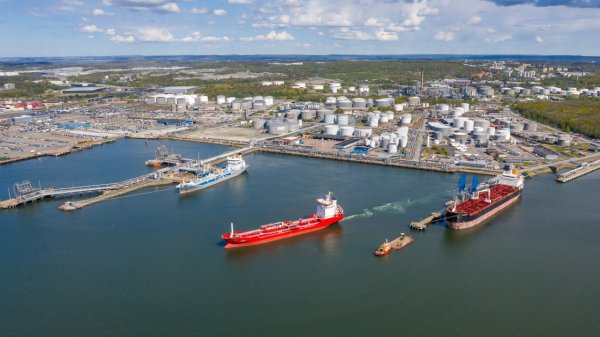
|
Swedish biomethane bunkered in Gothenburg
Test delivery performed by St1 and St1 Biokraft, who aim to become large-scale suppliers. |
|
|
|
||
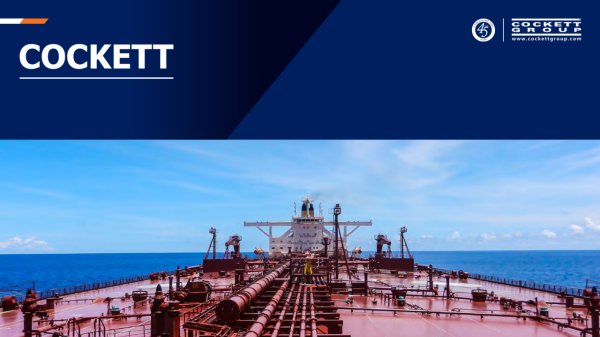
|
Cockett to be closed down after 45 years
End of an era as shareholders make decision based on 'non-core nature' of Cockett's business. |
|
|
|
||
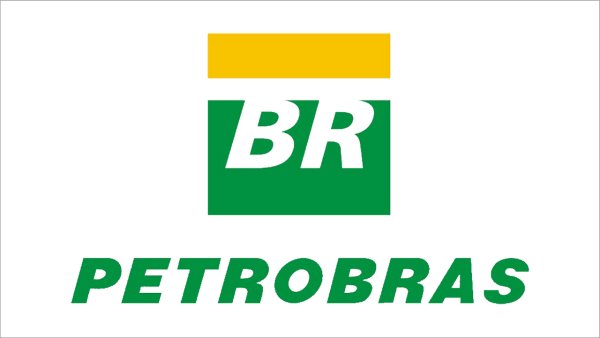
|
Petrobras confirms prompt availability of VLS B24 at Rio Grande
Lead time for barge deliveries currently five days. |
|
|
|
||
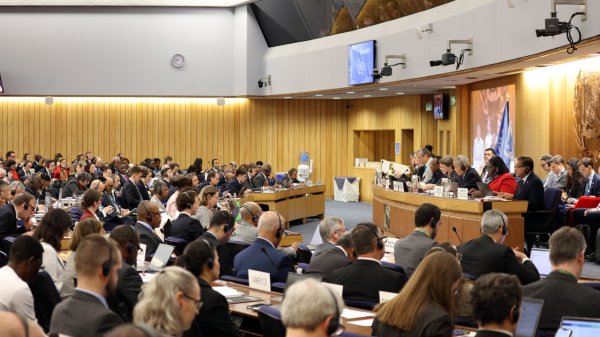
|
IMO approves pricing mechanism based on GHG intensity thresholds
Charges to be levied on ships that do not meet yearly GHG fuel intensity reduction targets. |
|
|
|
||

|
VARO Energy expands renewable portfolio with Preem acquisition
All-cash transaction expected to complete in the latter half of 2025. |
|
|
|
||

|
NYK trials biofuel in milestone coal carrier test
Vessel is used to test biofuel for domestic utility company. |
|
|
|
||
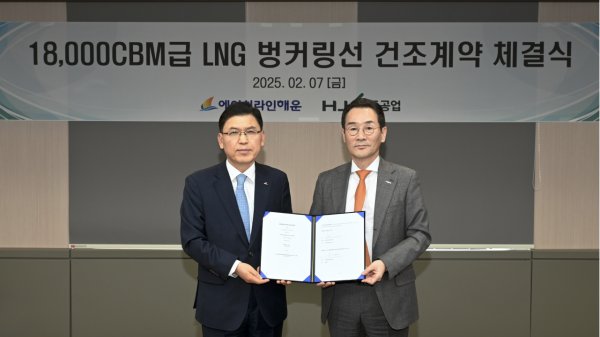
|
H-Line Shipping orders LNG bunkering vessel
Vessel with 18,000-cbm capacity to run on both LNG and MDO. |
|
|
|
||
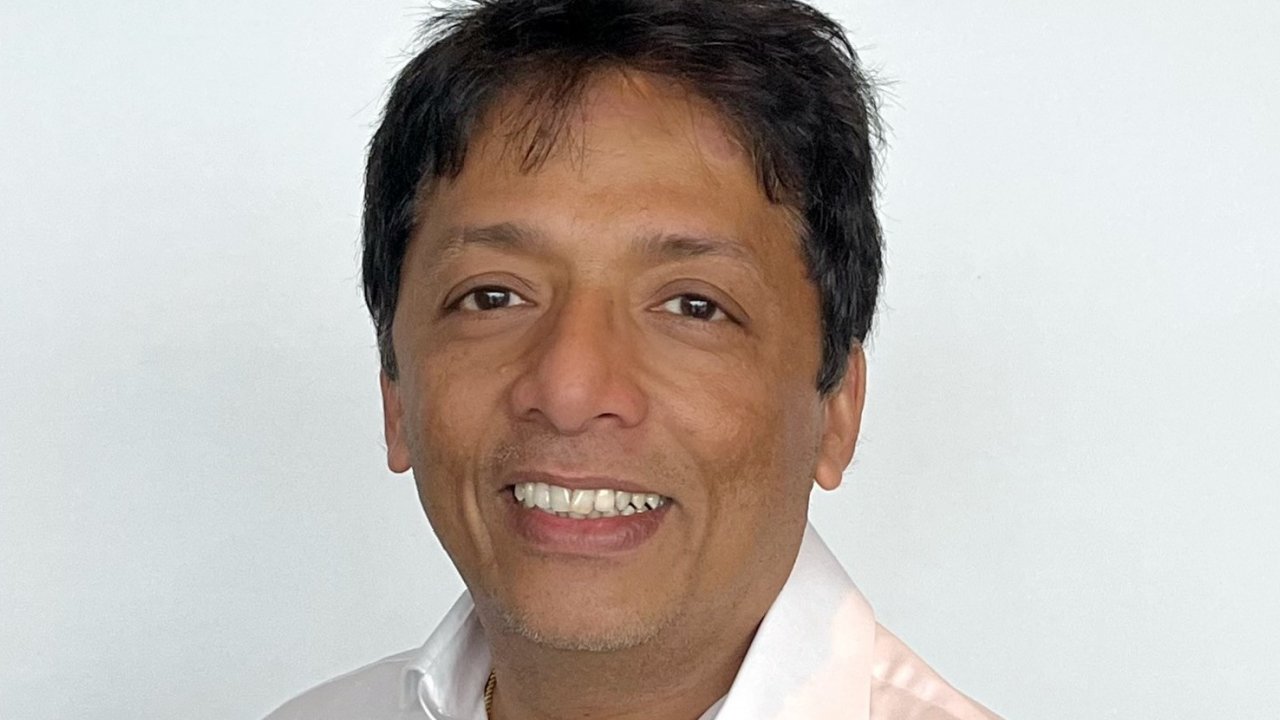
|
How to engineer and manage green shipping fuels | Stanley George, VPS
Effective management strategies and insights for evolving fuel use. |
|
|
|
||

|
Swedish government bans scrubber wastewater discharges
Discharges from open-loop scrubbers to be prohibited in Swedish waters from July 2025. |
|
|
|
||
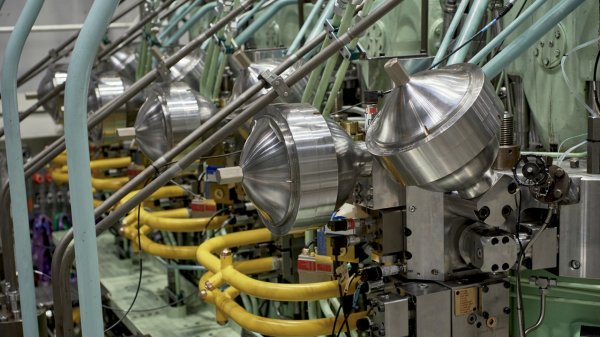
|
MAN Energy Solutions achieves 100% load milestone for ammonia engine
Latest tests validate fuel injection system throughout the entire load curve. |
|
|
|
||
Related Links
- · Low fuel consumption engines to be developed [Insights]
- · Wärtsilä-Hyundai wins dual-fuel engine order [Insights]
- · Bunker-saving solution is launched [Insights]
- · Republic of Korea [Directory]

